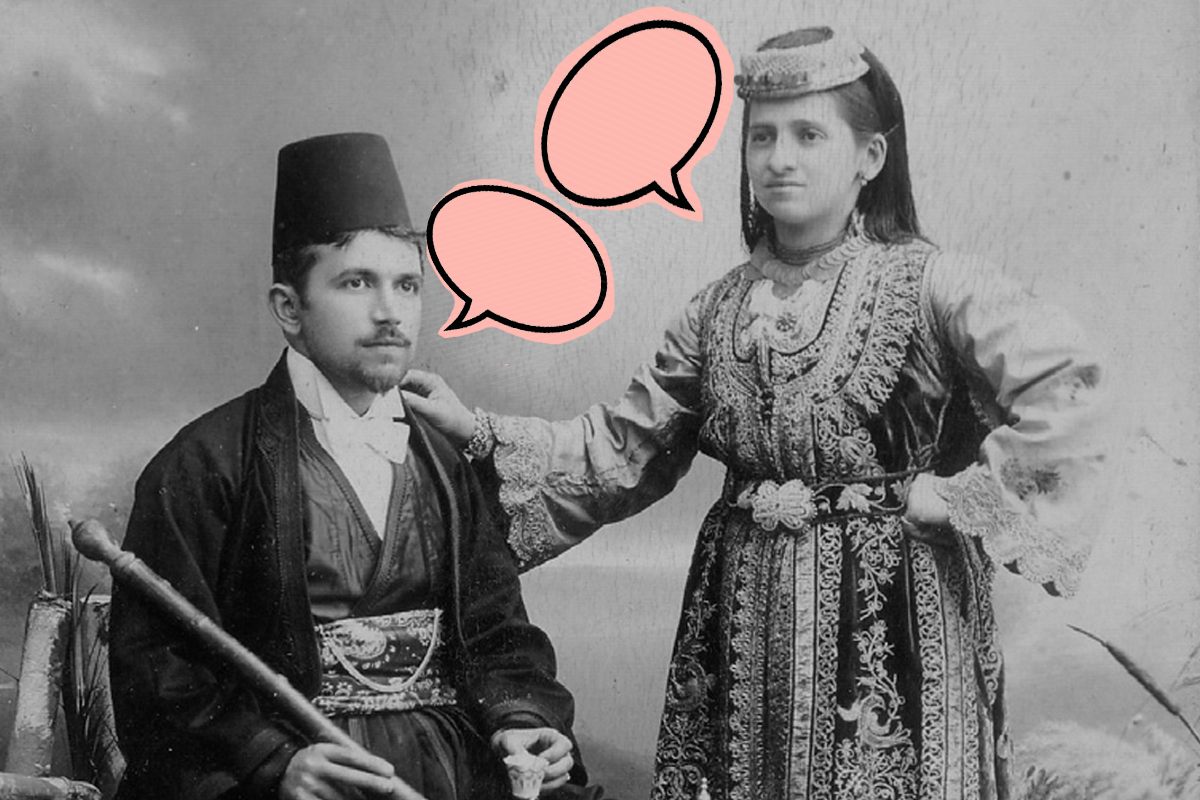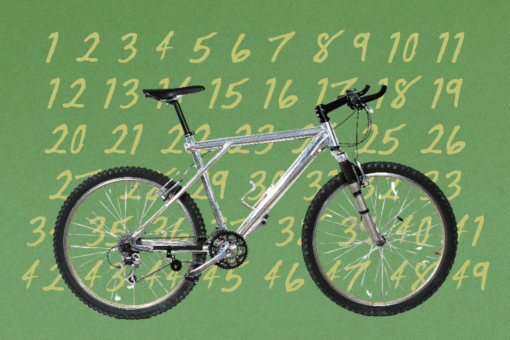Seattle, where I am from, is home to a surprisingly vibrant community of Sephardim. For those not familiar, Sephardim are Jews descending from the Jews of Spain and Portugal, and make up about 20% of the world’s Jewish population (though it’s estimated only 10% of American Jews have Sephardic heritage).
The first Sephardim arrived in Seattle in 1902 and established a community separate from Ashkenazim, due to cultural differences. Unfortunately, this divide (like the one in Israel) continues today.
Not to belabor the history lesson, but, like Ashkenazim, we also have our own language. Like Yiddish, which combines Hebrew with German, Ladino or Judeo-Spanish is “Hebrew clothed in Spanish, or Spanish with Hebrew syntax.” Unfortunately, it has lacked the same interest and research that Yiddish has garnered. However, a recent resurgence of interest has led it to be recognized by the foremost authority of the Spanish language.
Written Ladino has been described as looking surprising “reminiscent of Arabic.” The script is, in fact, called Soletreo, seen here, with many observable similarities to Hebrew characters. It is usually written, however, in Latin characters (like Spanish) or in Hebrew Rashi script. In terms of pronunciation, it is very similar to Spanish, as is demonstrated by this native speaker from Salonica.
Ladino has survived the 1492 expulsion of Jews from Spain as a part of the Reconquista and the Spanish Inquisition (the only positive of this persecution would be Mel Brooks taking the Jewish tradition of making comedic light out of darkness and gracing us all with a hilarious song) and the Holocaust.
Ladino can still be found in prayer and song (like the works of Yasmin Levy, Yaniv d’Or, and Flory Jagoda) as well as film (for example, the 1994 Spanish-language Mexican film Novia que te vea or Like a Bride includes Ladino in the story of two Turkish Jewish women balancing tradition).
But, as native speakers are dying out without passing down their knowledge, the language faces a grave threat of extinction.
Unfortunately, I am one of those Sephardim who never learned to speak Ladino. My maternal family was exiled from Spain and fled to Italy, and like many, kept Spanish surnames (including De Pinto or offensive ones that the Spanish changed them to, like literally “little bitch”) or adopted names of Italian ports. Due to the fracturing of the diaspora, many Sephardic Jews adopted the language of where they settled instead of adopting Ladino as the universal language, unlike was the case for Yiddish and Ashkenazi Jews. Through all of this acculturation, much of my culture has been lost and I’ve never learned Ladino.
Luckily, there are still some people who have. Devin Naar, a professor at the University of Washington (where I currently attend), is the foremost leader in Sephardic studies and the preservation of Ladino. He is a native speaker and has built the “largest digital library of Sephardic language” (as well as pioneering the Sephardic studies program with support from the community).
Don’t get me wrong, I absolutely love Yiddish. My family are New Yorkers (as well as Ashkenazim) and I can’t possibly come from this in any self-respecting way without a healthy knowledge of the best way to insult and kvetch (see? It just works).
But, there is something in knowing the language of my ancestors. They faced persecution for their culture, and to let it disappear in the form of a beautiful, powerful language seems like the greatest disservice. After all, to be Jewish is to know tragedy and perseverance.
So, let’s diversify our language catalogue! While my aquiline nose, olive-toned skin, and tight curls are a reminder of my ancestors (but not a monolith), I’ve been setting out to learn more Ladino. Here are just some of my favorite phrases I’ve found — de nada (you’re welcome)!
1. “Guay de mi”
The equivalent of the universally applicable “oy.” My personal favorite.
2. “Haberes buenos”
“Good news,” for those optimistic moments.
3. “Echar lashon”
The equivalent of “schmooze,” a Jewish pastime.
4. “Bavajadas”
“Nonsense.” A perfect exclamation.
5. “Bivas, kreskas, engrandeskas, komo un peshiko en aguas freskas! Amen!”
A wayyyy too long “bless you.” I dare you to say this one five times fast.
6. “Aksi bashi”
“A grouch.” Probably an uncle.
7. “Kapara”
Essentially “the mistake could be worse.” A better version of ~shrug~.
8. “Me vas a tratar un ayiscrin”
“You are treating me to an ice cream.” Perhaps the most important demand; this should be used 24/7.
9. “Djente de piron”
“The one percent” or literally “people of the fork.” Did I include this so I could be the Sephardic Bernie Sanders? Definitely. Universal health care and utensils for all!
10. “Hadras i baranas”
“A big fuss.” Probably an aunt.
11. “Engleneate!”
“Have fun!” What your mom says to you after making sure you have a coat and a fully charged cell phone.
12. “Las anyadas non azen sezudos, eyas non azen ke viejos”
“The years don’t make people wise, they just make them old.” If my sources are correct, this is what I believe the kids call savage.
13. “Kuando se eskurese es para amaneser”
“When it’s dark out, that’s because dawn is coming.” See, I can be optimistic! This one particularly rings true and provides hope for our scary, uncertain times.
14. “Todos los dedos de la mano no son unos”
“All the fingers of the hand are not the same,” AKA we are all different. Amen.
On that note of diversity, as Dr. Naar puts it, “Ladino is a language that builds bridges.” It intersects with Hebrew, Spanish, Arabic, and a whole map of countries it’s passed through. We are made stronger by using language and our commonalities. Just as I will continue to love bagels, babka, Yiddish, and Fiddler on the Roof, I think it’s about time we do the same for Ladino.
Image of Sephardi Jewish couple from Sarajevo in traditional clothing. Photo taken in 1900.



